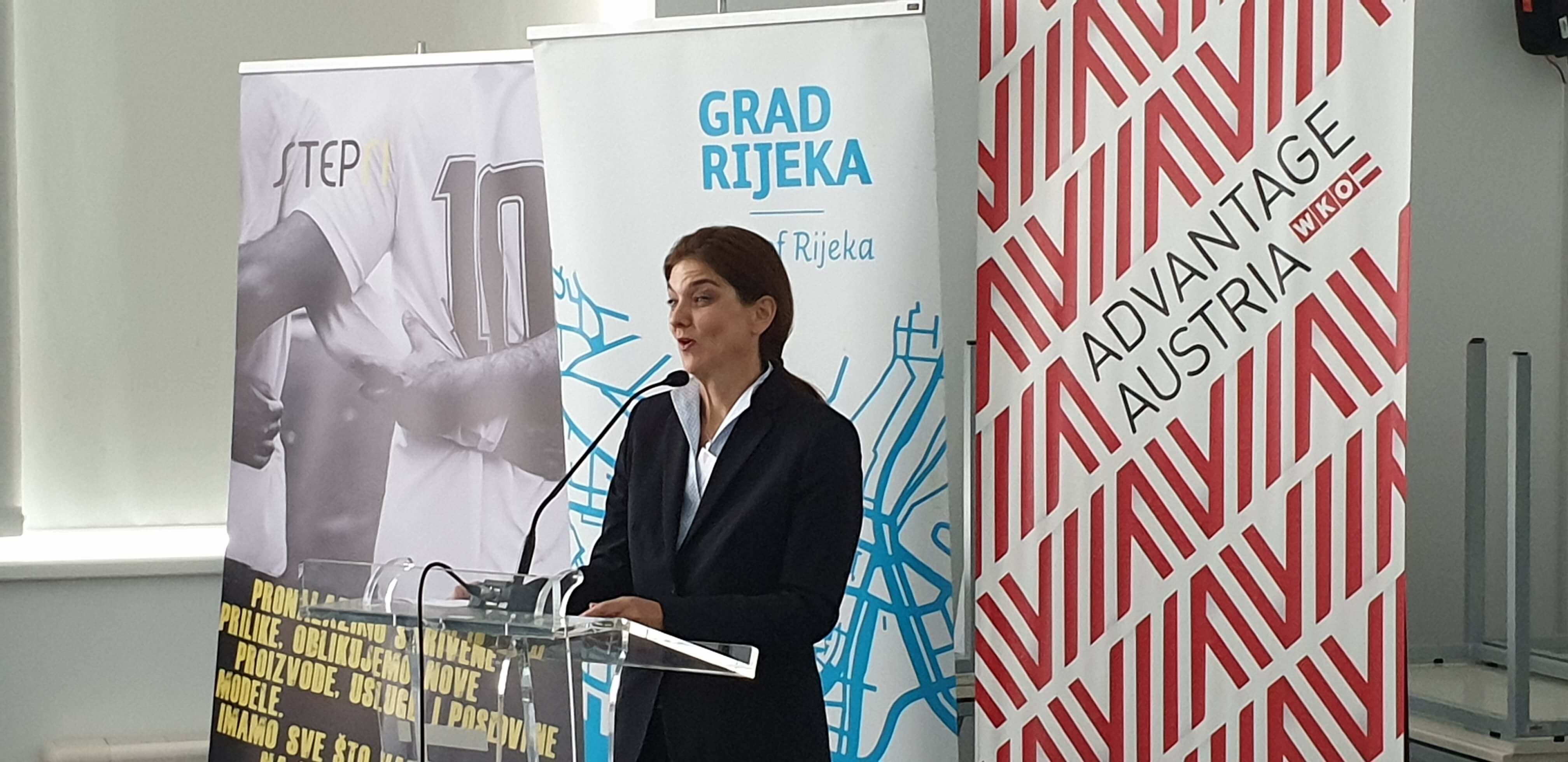

Although cities are working hard to tackle individual elements of the delivery traffic boom, resources to help cities plan, implement, and analyze a comprehensive, coordinated strategy for managing that traffic have lagged behind. These programs are a promising start, but are unlikely to be sufficient on their own to address a problem of this magnitude. Other cities have explored zero-emission delivery zones, digital curb management technologies, or supported multi-brand parcel lockers and off-peak hour delivery incentive programs. For example, New York City recently passed legislation creating loading-only curb space and testing new micro-distribution centers to keep large delivery vehicles off of neighborhood streets. There is good news: cities around the world have begun implementing a wide range of pilot projects attempting to harmonize previously uncoordinated last-mile urban goods movement while reducing congestion and emissions. These strategies will be critical to ensuring that new ways of shopping and managing just-in-time inventory are consistent with long term sustainability and equity. Īs traffic comes to a standstill and emissions continue to rise, cities need comprehensive strategies to streamline urban goods movement.

And the pandemic has only accelerated these trends - according to a recent McKinsey analysis, online commerce experienced the equivalent of 10 years’ worth of growth in just the first three months of the COVID era. Delivery traffic was already on the rise before COVID-19 led to an unprecedented boom in online business, with customers turning to delivery as a lockdown-necessity rather than a luxury. And it’s not just inconvenient: this increased traffic congestion means longer commutes, more pollution, and inflated costs for businesses.

Delivery workers struggling with hazardous conditions. Walk a few blocks in any modern city and you’ll see the problem. The effectiveness of the proposed model and algorithm are evaluated using a real-world data set.With delivery traffic on the rise, cities revamp their urban logistics strategies A genetic algorithm is developed to solve the multi-station problem through a special binary coding method that indicates a train departure or cancellation at every possible time point. Using cumulative input–output diagrams, we present a local improvement algorithm to find optimal timetables for individual station cases. A by-product of the model is the passenger assignment with strict capacity constraints under oversaturated conditions. The latest arrival time of boarded passengers is introduced to analytically calculate effective passenger loading time periods and the resulting time-dependent waiting times under dynamic demand conditions.

Based on time-dependent, origin-to-destination trip records from an automatic fare collection system, a nonlinear optimization model is developed to solve the problem on practically sized corridors, subject to the available train-unit fleet. A binary integer programming model incorporated with passenger loading and departure events is constructed to provide a theoretic description for the problem under consideration. When peak-hour demand temporally exceeds the maximum loading capacity of a train, passengers may not be able to board the next arrival train, and they may be forced to wait in queues for the following trains. This article focuses on optimizing a passenger train timetable in a heavily congested urban rail corridor.


 0 kommentar(er)
0 kommentar(er)
